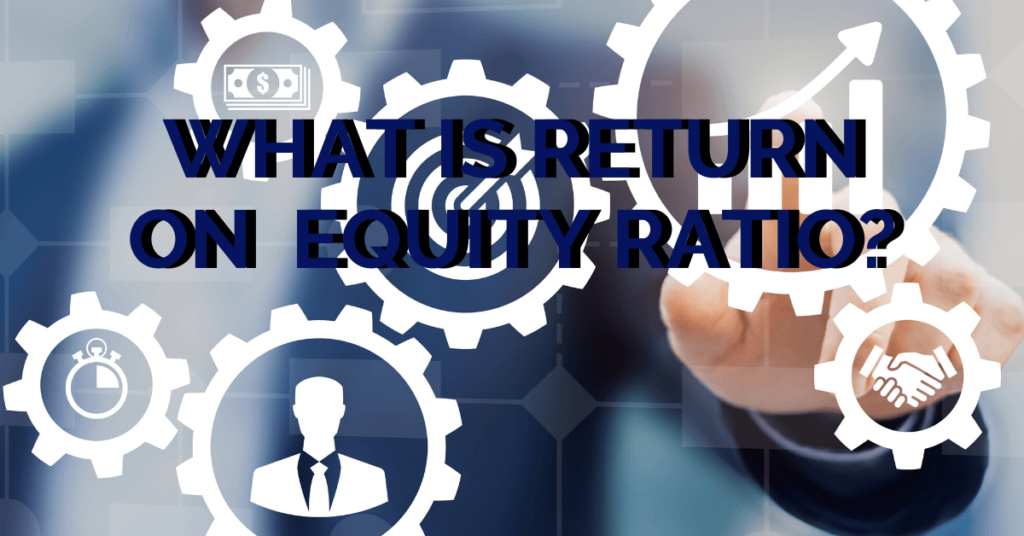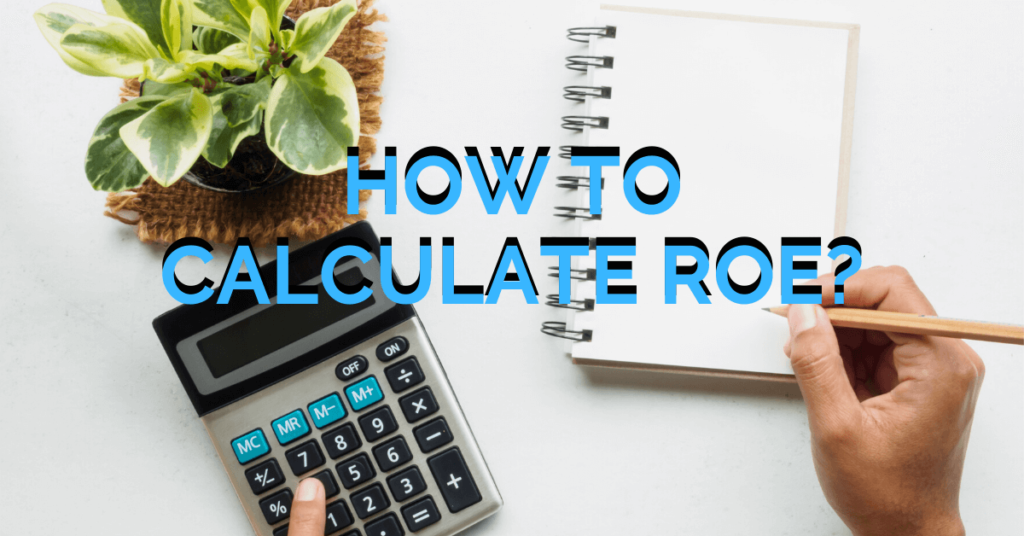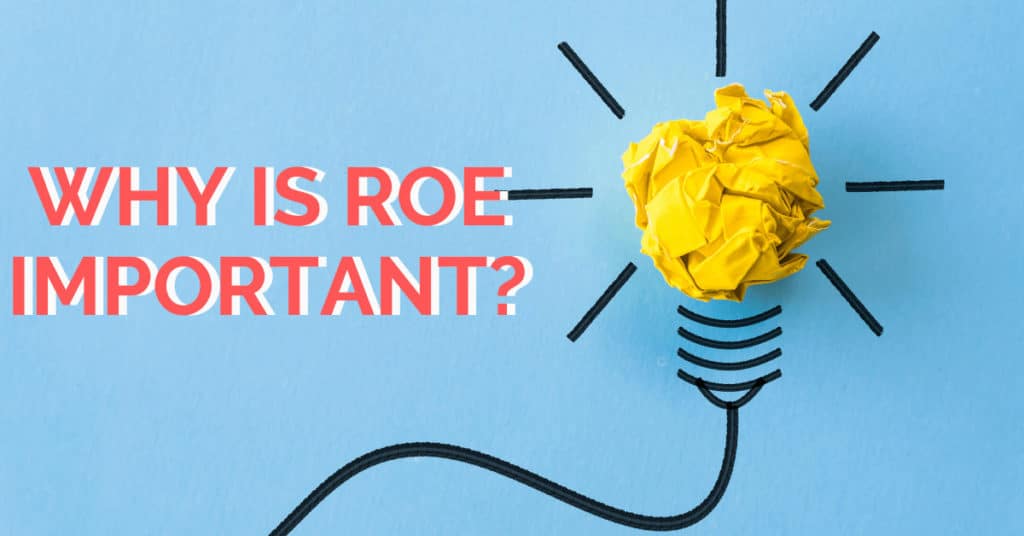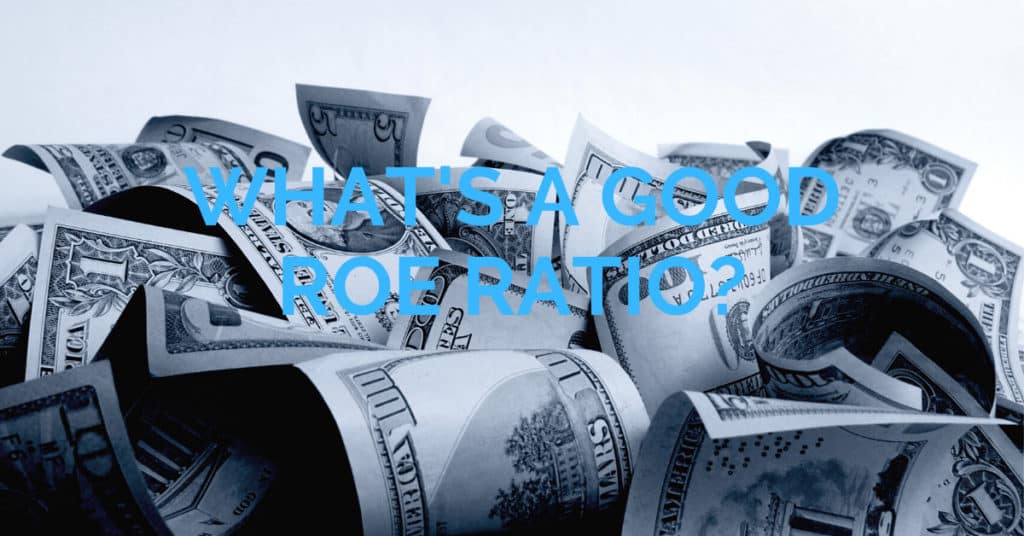Return on Equity Ratio – Why Hedge Funds Love ROE
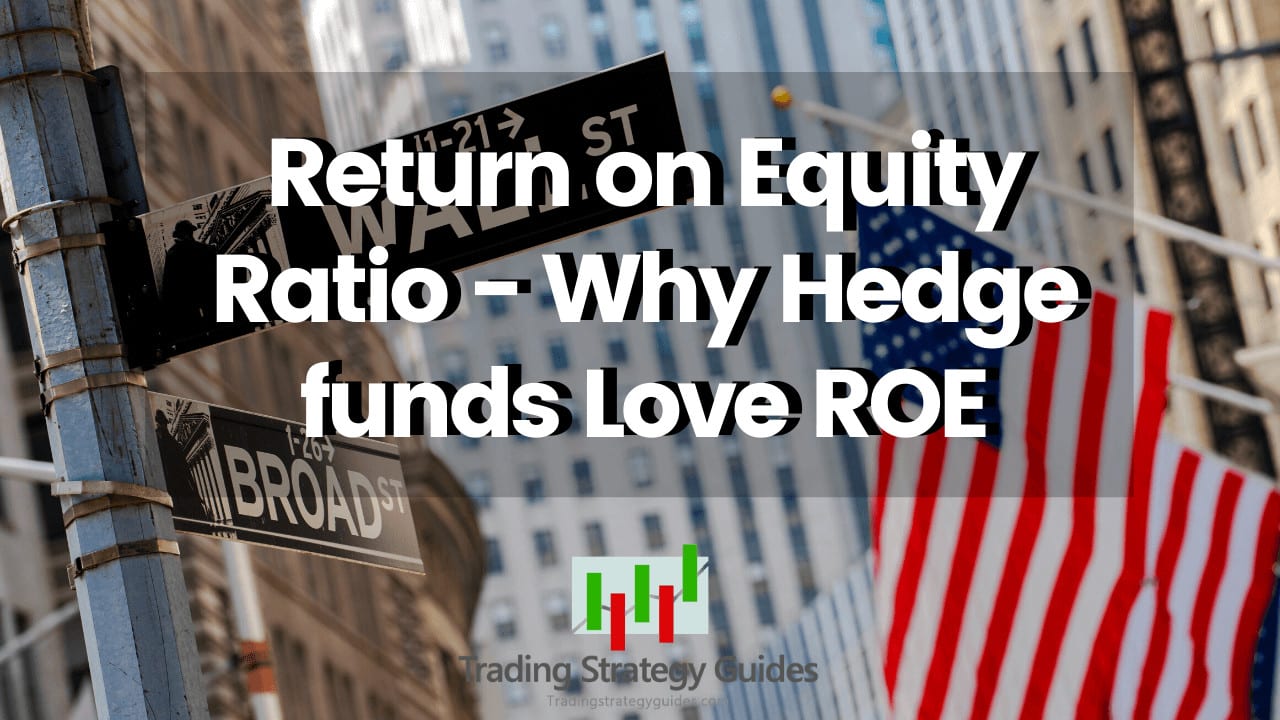
Learn why return on equity ratio is a financial risk metric loved by hedge funds on Wall Street. This useful trading metric has gained a significant amount of popularity over the past few years. In this lesson, we’re going to put the return on equity formula to the test. This beginner’s guide to financial ratios will reveal how return on equity works, pros and cons, and will allow you to decide if “ROE” really is the mother of all ratios.
If this is your first time on our website, our team at Trading Strategy Guides welcomes you. Be sure you hit subscribe button, to get your Free Trading Strategy delivered every week to your inbox.
Return on equity has been called by some investors the ultimate ratio. Legendary investor Warren Buffet, Chairman of Berkshire Hathaway has this to say about the return on equity formula:
“The primary test of managerial economic performance is the achievement of a high earnings rate on equity capital employed.”
If you’re not currently picking stocks using fundamental analysis, you need to learn how the valuation of a company is done.
You can start by reading this guide on how to perform Fundamental Analysis of Stocks – 5 Financial Ratios to Follow.
The Oracle of Omaha (Warren Buffet) always looks at the return on equity ROE ratio when investing. It’s part of Buffet’s 10 commandments. If one of the greatest investors of all time uses the ROE formula, you ought to follow his footsteps.
There’s no need to reinvent the wheel!
A common pitfall among new investors is the belief that you need to come up with a groundbreaking investment strategy to evaluate how a company is performing.
We’re going to keep it simple. Next, you’re going to learn why return on equity ROE is so loved on Wall Street.
Be sure to check out other Wall Street Hedge Fund Strategies here.
Let’s start with the ROE definition, formula and some return on equity examples.
See below:
What is the Return on Equity Ratio?
In the financial world, the return on equity ratio measures how well a company uses investments to generate earnings growth. In other words, the return on equity ratio shows you if a company is good at turning its assets or its shareholders’ investments into profits and at what rate.
Unlike the Sharpe ratio, which is a risk ratio, we can look at the return on equity formula as a profitability ratio.
Learn more about the Sharpe Ratio, the most commonly used risk metric on Wall Street in this guide on How to Calculate Reward to Volatility Ratio.
ROE ratio is also known as the return on net worth.
You can use all these terms interchangeably (ROE ratio, return on ratio and return on net worth) to describe the financial performance of a firm.
Now, let’s think why the return on equity ratio should be in your investment vocabulary.
Before you decide to invest in a company, the first logical thought as an investor is:
What return am I earning on my capital?
Let me explain…
This is a key question for any type of investment.
It doesn’t matter if you are opening a savings account, buying an IPO, stock shares, or government bonds like an IOU.
As an investor, you’re concerned with what type of return you’re going to get out of your investment.
This is why it’s important to have tools to measure a company’s performance.
A company should be capable of generating a higher ROE than you could probably earn with a lower risk investment.
Alternatively, some sophisticated investors use the return on common equity ratio (ROCE) to measure a company’s performance.
Just briefly, the ROCE reveals the amount of profits a company generates per investment dollar.
Next, we’re going to give you a guide to the return on equity formula.
Normally you’ll get a return on equity ratio quoted to you. Or you can simply use a return on equity calculator.
So, we’re not going to go through a detailed explanation.
Let’s start:
How to Calculate Return on Equity
The return on equity ratio formula is calculated by dividing the company’s profits (net income) by shareholder equity. The return on equity formula is very simple.
See below:
Return on Equity (ROE) = (Company Profit) / (Shareholder’s Equity)
Let’s examine the return on equity formula a little deeper and answer some questions:
How do you calculate the company profits?
Company profits, also referred to as the net income, is the profit that the business was able to generate. This comes after all expenses and before any dividends are paid out to common shareholders
Now, let’s get to the second element that goes into calculating the ROE formula:
Shareholder equity is calculated by subtracting the liabilities of a company from the assets.
Shareholder’s Equity = Assets-Liabilities
What makes the ROE ratio remarkable is that you don’t have to even look at the price of the company’s stock.
ROE only measures a company’s performance, not stock performance.
For example, you can use the price to book ratio P/B if you want to compare the market and book value of the company.
Learn why the Price to Book ratio (P/B ratio) needs to be in your toolkit for evaluating company performance.
Be sure to read this guide on Using the Price to Book Ratio to Analyze Stocks.
Ok, let’s put into practice what we have learned so far.
Consider the example below:
Company ABC has generated $10 million in profits in the previous year. And, the shareholder’s equity is, let’s assume $100 million.
Note: all the numbers that go into the return on equity calculation can be found on the company’s balance sheet.
We apply the return on equity formula:
ROE= ($10 million)/($100 million)=0.1 x 100%=10%
10% ROE is higher than any savings bank account can give you.
That’s pretty impressive.
These are the basics of how to calculate the ROE.
Before you start investing in individual stocks using the return on equity ratio, you should learn why you need ROE in the first place.
See below:
Why is Return on Equity Important?
The return on equity (ROE) tells us how a business is growing without adding any additional debts or assets from the year before. If the profit increases, ROE will also increase.
When return on equity increases, this means the company is using their assets more efficiently than the year before.
This is a positive for our investment.
So, how do you improve the return on equity ratio of a business?
The answer is in the previous paragraph.
Simply, increase the company’s profits. The ROE ratio is really a measure of a company’s efficiency.
One thing to note, it’s important that we are only comparing the ROE of companies within the same sector.
Learn how to develop a trading routine using the Best Growth Stock Investing Strategy.
Let’s see what is the standard number for a good ROE ratio.
See below:
What is a Good Return on Equity Ratio?
Generally speaking the higher the return on equity the better. In today’s financial environment where most central banks have adopted negative interest rate policy, any positive return on equity ratio is considered good.
Like with the return on capital, a high return on equity ratio signals the management’s ability to generate profits.
If we study stock performance history, we can note that the best growth stocks on average only had a 17% ROE ratio. The best stocks only had a return on equity between 25% and 50%.
Ultimately, what is a good return on equity ratio will depend on what’s acceptable as normal for that stock sector.
For example, stocks in the utility sector have more debt on their balance sheet compared to its profits.
This means that utility stocks will have a misleading ROE due to the higher debt.
We want to use the ROE in a smart way.
That’s why it’s good first to see if the company has a lot of debt or not.
For example, technology companies that typically have lower debt on their balance sheet relative to profits will normally have a return on equity ratio of 18%.
Make sure to check out our guide on a great order flow trading strategy!
As a rule of thumb, most savvy investors buy stocks of companies that have an ROE above the sector average. That’s because high or low return on equity ratios will differ across one industry group or sector.
Before you use the ROE ratio, let’s see the return on equity ratio advantages and disadvantages.
See below:
Pros and Cons of Using the Return on Equity Ratio?
Like all profitability ratios, the return on equity (ROE) has advantages and disadvantages.
The first advantage of using the return on equity is the fact that it’s widely used among professional investors.
The more a financial ratio is used, the more relevant it becomes in impacting the stock price.
Secondly, the ROE is comparable across the company’s sector or industry group.
As a shareholder, you can use the ROE to gauge if your money will yield positive results if you decide to buy stocks in a company. So, for value investing the ROE is a great tool.
Another critical aspect is to take into consideration the return on equity pitfalls.
Like with the all financial ratios, there are pros and cons. You may also be interested in this article on the Fibonacci Ratio.
Let’s consider the return on equity example below:
Imagine a company having the exact same assets and profits they had the year before. The only thing that changed is the fact that the company has taken on more debt.
Knowing how to calculate shareholder equity (Assets – Debt) means that if you take on more debt, the shareholders’ equity shrinks.
If shareholders’ equity dilutes and the profits stay the same, our return on equity in reality will appear higher.
In this case we can’t consider this as being a real improvement in efficiency.
It’s simply borrowing money without generating any extra profitability.
This is a bad thing that can be hidden inside the return on equity formula.
The 1977 Warren Buffett’s letters to shareholders warned not to buy companies with high return on equity if they also have high debt to equity ratio.
This makes sense because high debt to equity ratios implies the ROE is likely higher from more debt.
Conclusion – Return on Equity
Return on equity ratio is one of the most important tools available to measure a firm’s performance and management efficiency. With the return on equity formula we can accomplish three essential tasks:
- You can run a test to see if the firm is truly growing at a respectable rate.
- Make sure you also compare company’s ROE of its competitors. Return on equity facilitates comparison between the companies’ performance.
- Gauge the debt to equity ratio to filter possible ROE pitfalls.
Anyone can learn how to make money in the stock market. The secret to successful investing requires a comprehensive trading strategy. Read this guide on How to Make Money in the Stock Market with CANSLIM Strategy.
Studying the return on equity thoroughly will give us a good view of how the company is truly performing. This is independent of what the stock price might be doing. Financial ratios like the ROE will allow you to focus on the long-term and instead of the everyday market noise.
Thank you for reading!
Feel free to leave any comments below, we do read them all and will respond.
Also, please give this strategy a 5 star if you enjoyed it!
[ratings]



